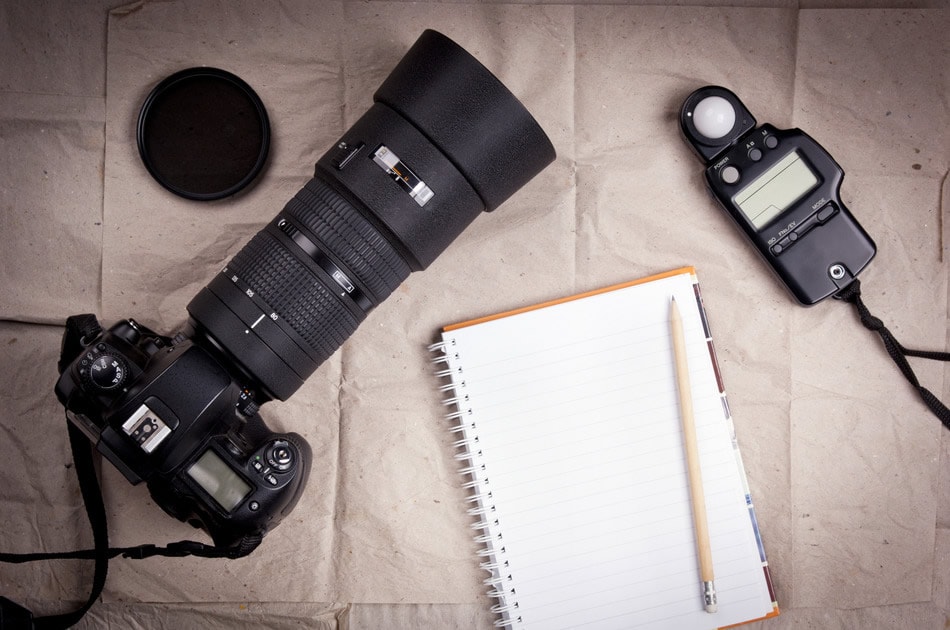All About Metering Modes
A lot of people don’t know much about metering modes, or even what they do. The metering modes are basically your in-camera metering mode. The metering is standardized so that it sees your subject and focal point as mid-grey.
Mid-grey is 18% grey, which is exactly halfway between pure white and pure black. The camera’s metering mode will then try and balance the entire scene accordingly. Cameras come with different metering modes, so lets take a closer look at them.

Evaluative or Matrix Metering
Evaluative metering is the default metering mode on nearly all digital cameras and DSLRs. It’s also usually the only option available in automatic exposure modes. Evaluative metering works by measuring light across the whole frame and averaging out an exposure.
However, the evaluative setting will still biases the reading towards the area around the autofocus point being used. The camera assesses the subject’s position in the viewfinder and will record the brightness of the general scene, front and rear lighting conditions and the orientation of the camera (horizontal or vertical) to reach the final suggested exposure. Evaluative metering is the most popular mode of metering, but it can be hard to predict its results.
Centre-weighted Metering
Centre-weighted metering actually gives the most predictable results when it comes to metering, although it’s not very widely used. It works by measuring light across nearly the whole picture area (around 80%), but strongly biases the reading towards the centre of the viewfinder.
It does not take focus into account, thus using the same averaging pattern for each shot. You can, of course, also fool the metering by placing the centre point over your subject and then recomposing with the shutter still half-pressed. Do bear in mind thought that with modern DSLRs you’ll only have around 12-15 seconds to shoot before the metering system resets itself. Centre-weighted metering is particularly useful for backlit subjects, as you can make sure that the metering focuses on the subject rather than the strong light. In my opinion, it’s also particularly useful for shooting outside portraits, as you can make sure that the metering is biased towards the subject.
Spot Metering
Spot metering measures the light over an extremely small circular area in the centre 5% of the viewfinder.
This allows for a lot of control, but is initially harder to master. Spot metering is at its most useful when there is a relatively small object within your scene that needs to be perfectly exposed, or know will be the closest match to 18% grey. Some advanced DSLRs even have to the ability to take a number of spot readings from one scene, which they then use to take an average reading that allows you to set the exposure accordingly.
Partial Metering
Partial metering is a fourth option, which isn’t found on all cameras. It meters for a slightly larger circular central area than spot metering, covering around 15%. As with centre-weighted metering, partial metering is commonly used to take a portrait of someone who is strongly backlit.
Metering off their face will help to avoid an exposure that leaves the subject as an underexposed silhouette against a brighter background. However, care does still need to be taken as skin tones obviously vary enormously. If the skin is naturally of a shade that is very different to 18% grey, inaccurate exposures could be read by the metering.
Now that you understand a little more about metering modes, you’ll have much better control over your images, although do remember they’ll never be as accurate as a hand-held light meter! But they will do a pretty good job.
